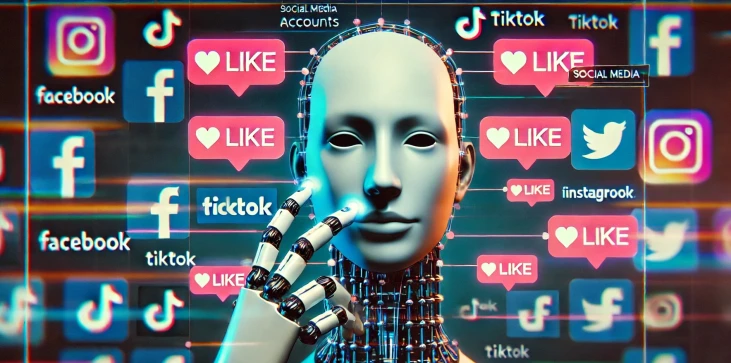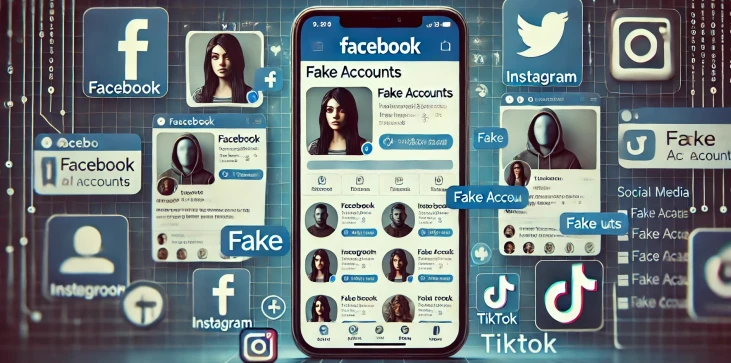
Fake accounts have become a major issue on social media platforms like Facebook, Instagram, and TikTok. Created with malicious intent, they can be used to spread misinformation, scam users, or artificially inflate followers and engagement. For brands, these fake accounts can lead to misleading metrics and skewed marketing insights. For individuals, they can mean falling victim to scams, fraud, or identity theft. Recognizing and reporting fake accounts is crucial to maintaining the integrity of social media spaces. While some fake accounts are easily identifiable, many are becoming increasingly sophisticated. They may use stolen photos, realistic bios, and even engage in conversations with users. In this article, we’ll walk you through how fake accounts operate and provide tips on how to spot and avoid them.
Fake accounts are profiles created with false or misleading information. These accounts can be used for various purposes: to scam people, steal personal information, or manipulate social media algorithms. On platforms like Instagram and TikTok, they are often used to inflate the number of followers and engagement for influencers or businesses, giving the false impression of popularity. In other cases, they may be used for phishing schemes, where users are tricked into giving away sensitive data such as passwords or financial information.
Fake accounts pose several risks to users. On a personal level, interacting with a fake account could result in identity theft or financial loss. For businesses, it can distort social media metrics, making it hard to measure the true effectiveness of campaigns. In addition, fake accounts can spread misinformation and promote false news, further damaging the credibility of the platforms they are found on. This not only undermines trust between users but can also have a far-reaching impact on social and political discourse.
Spotting a fake account is not always easy, but there are certain red flags that can help you identify them. Check for incomplete or generic profile information, a suspicious number of followers relative to engagement, and overly promotional content. Fake accounts may also post similar comments across different profiles or repeatedly share the same content. Moreover, be cautious with accounts that send unsolicited messages, as these are often attempts to scam users. A reverse image search can also help you determine if the profile picture is stolen from somewhere else.
If you come across a fake account, the first step is to report it to the platform. Most social media networks have clear reporting mechanisms for this purpose. Additionally, block the account to prevent further interaction. If you've shared any personal information with the account, it’s a good idea to update your privacy settings and consider changing your passwords. If the fake account has attempted to scam you, you may also want to report it to local authorities, especially if financial or identity theft is involved.
Fake accounts are an increasing problem across social media platforms, and their influence is growing. While social media companies are taking steps to reduce the number of fake accounts, the best defense is awareness. By recognizing the signs of a fake account and knowing how to respond, you can protect yourself and your digital presence from falling prey to scams and misinformation.

Social media platforms face challenges in eliminating fake accounts because the creators of these accounts constantly adapt their tactics to avoid detection. As technology improves, fake accounts become more sophisticated, using more realistic images, names, and activity patterns, making it harder for platforms to identify and remove them effectively.
Fake accounts can inflate likes, shares, and followers, artificially boosting the popularity of certain trends, products, or individuals. This false popularity can influence real users to engage with content that appears more popular than it actually is, skewing social media trends and distorting genuine user behavior.
Businesses can protect themselves by regularly auditing their follower base to identify suspicious accounts, using advanced social media management tools to monitor for unusual engagement patterns, and educating their teams about the risks of fake accounts. Additionally, setting up two-factor authentication for their social media accounts can add an extra layer of security.